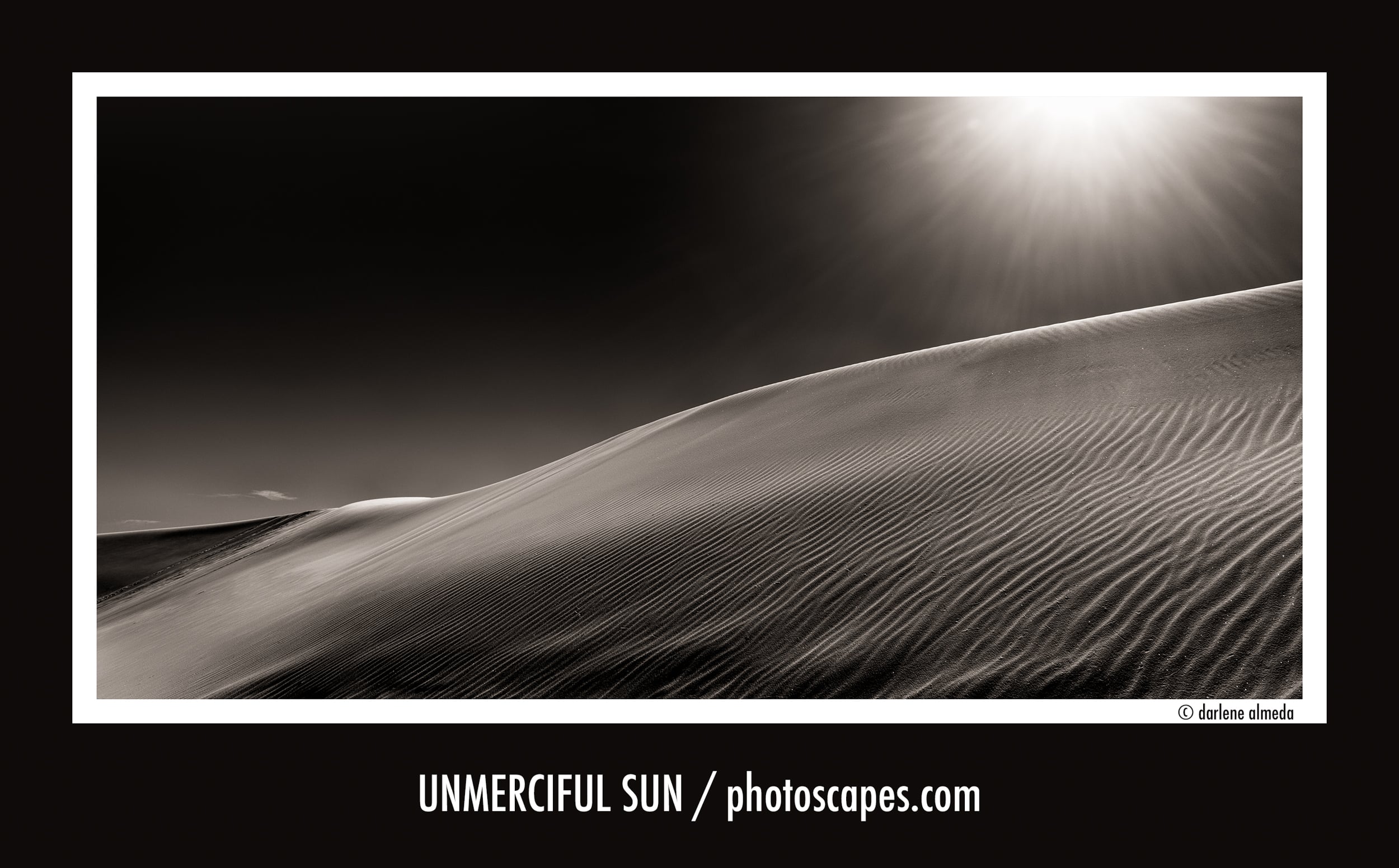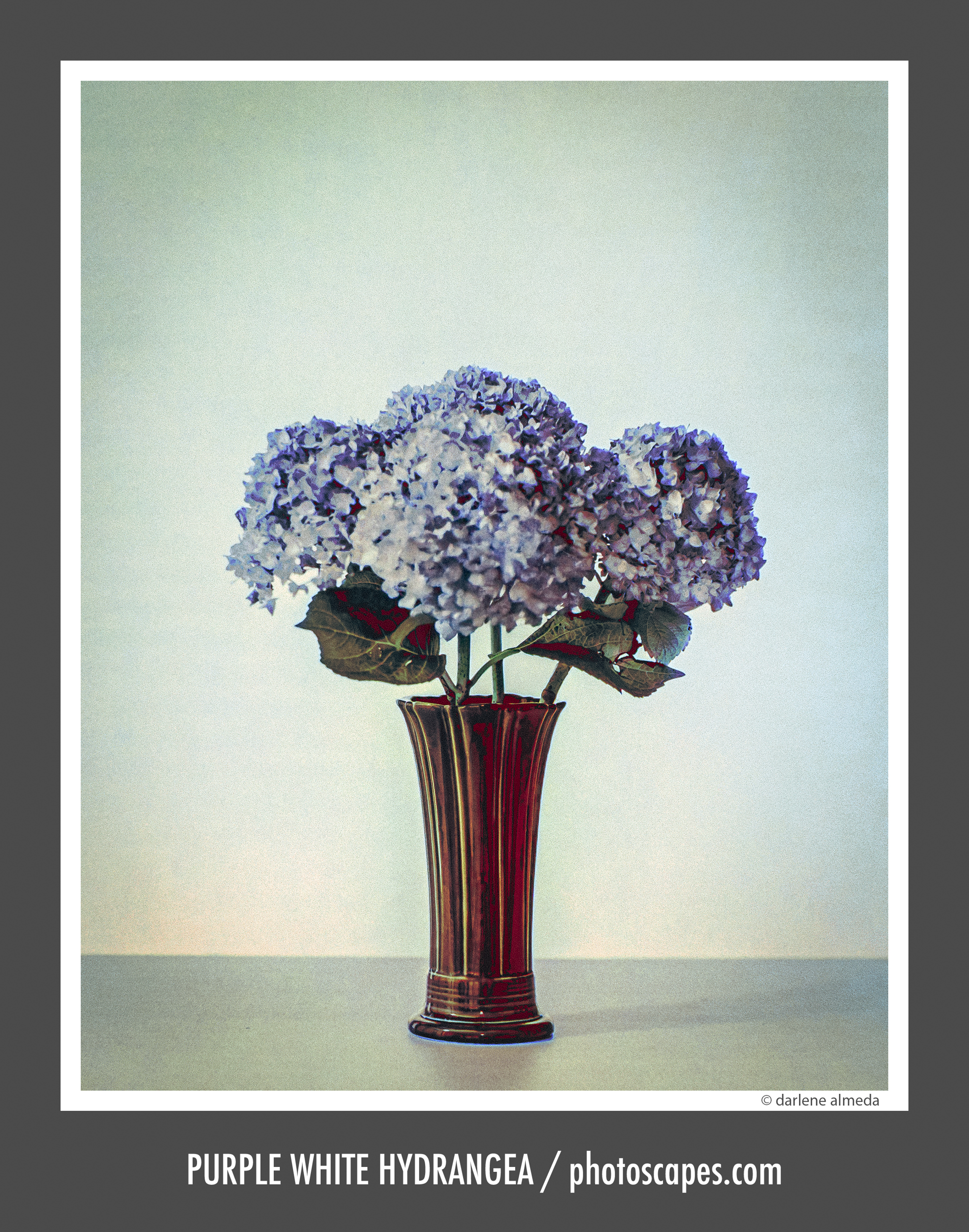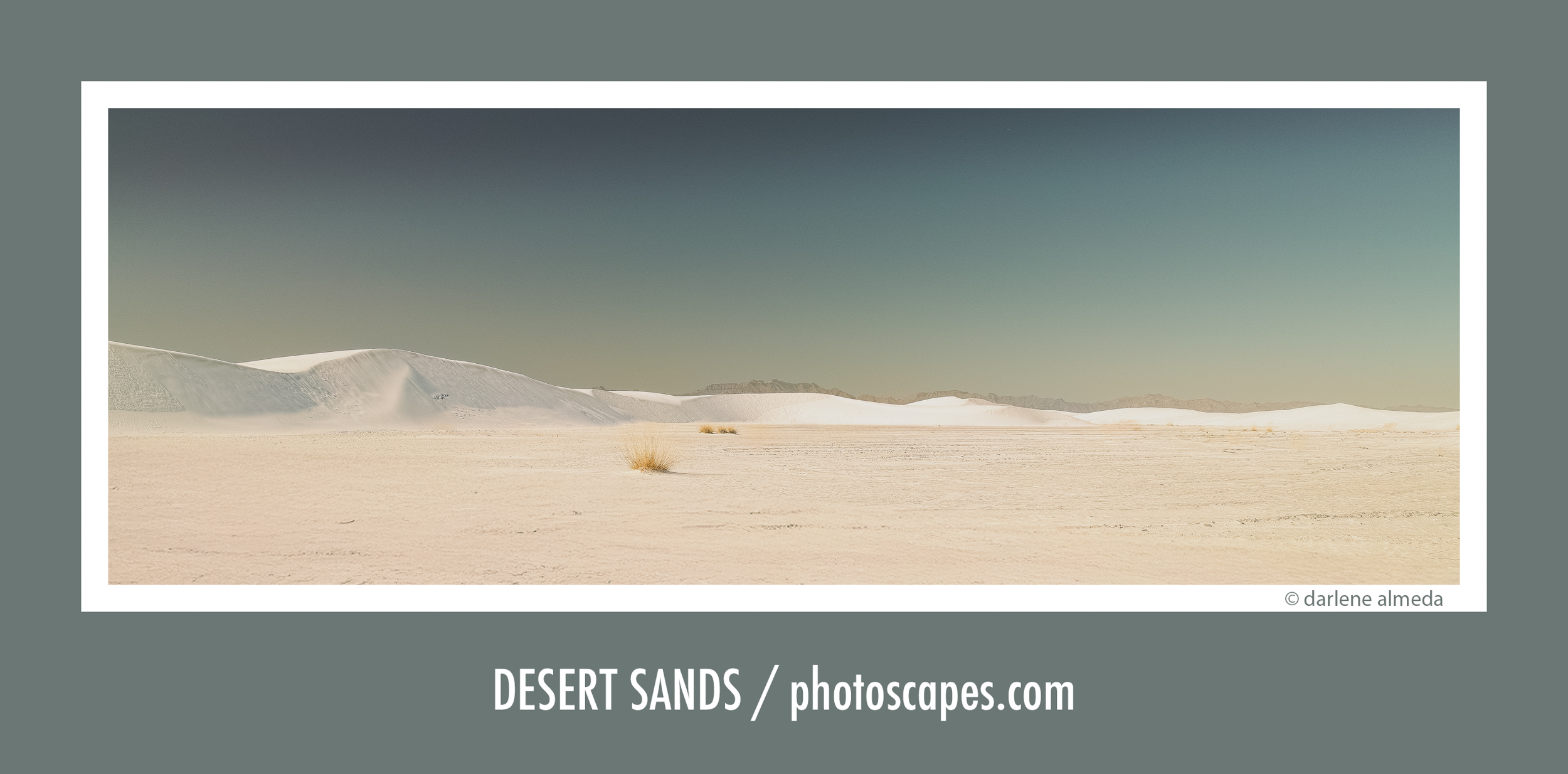Hasselblad 501 CM | Studio
Minimalist photography embraces the power of simplicity. Rather than showcasing every detail within a scene, it distills the frame to just a few essential elements—often a single subject, a line of light, or an expanse of space. The intent is clarity: a quiet composition where every element has purpose.
A hallmark of minimalism is the intentional use of negative space—the open areas that surround a subject. This space guides the viewer’s eye, creates a sense of balance, and allows the subject to breathe. Color palettes tend to be restrained, and strong geometric forms—lines, curves, repeating shapes—often anchor the visual experience.
Minimalist photography spans genres: landscapes, architecture, still life, and even portraiture. A single tree in a winter field, the curve of a concrete wall, a lone shell on a vast beach—each becomes powerful when presented without distraction. This pared-down approach encourages viewers to slow down and notice quiet textures, subtle tones, and emotional nuance.
Despite its elegant simplicity, minimalism often requires careful observation. Photographers must refine what they include—and exclude—by framing thoughtfully, waiting for clean light, or adjusting perspective to eliminate visual noise. Minimalism, therefore, is less about what is shown and more about what is intentionally left out.
In a world saturated with visual information, minimalist photography offers a moment of pause. It reminds us that beauty can be found in restraint, and that sometimes the strongest stories are whispered rather than declared.
words & images © darlene c. almeda / photoscapes.com



